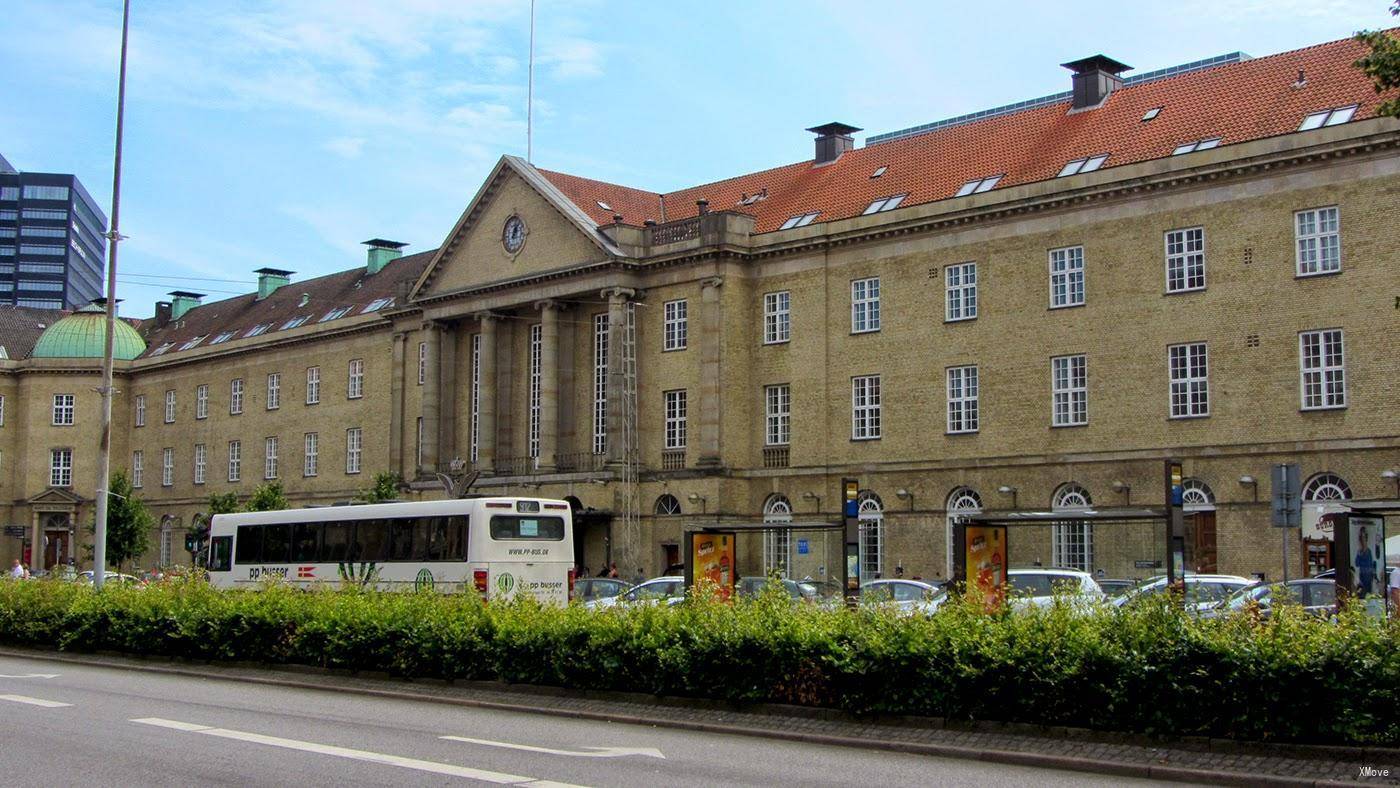Aarhus to Randers St: Trains, Buses, Fares, Today's Connections, Routes, Duration, Types of Trains, Station Guides, Tips, Journey
Denmark Train Tickets
Train schedule Aarhus to Randers St
Popular train routes departing from Aarhus
* Stockholm Central(Stockholm C)
* Randers St
* Odense St
* Karlsruhe Central(Karlsruhe Hbf)
* Aalborg St
* Basel Sbb
* Frankfurt Central(Frankfurt(Main)Hbf)
Popular train routes arriving in Aarhus
* Rodoviária De Hamburgo(Hamburg Hbf Zob)
* Amersfoort
* Estugarda(Stuttgart Hbf)
* Ramstein
* Luxemburgo(Luxembourg)
* Apeldoorn
* Salzburgo(Salzburg Hbf)
Popular train routes departing from Randers St
Popular train routes arriving in Randers St

Aarhus (, also US: , Danish: [ˈɒːhuːˀs] ; officially spelled Århus from 1948 until 1 January 2011) is the second-largest city in Denmark and the seat of Aarhus municipality. It is located on the east coast of the Jutland peninsula, in the geographical centre of Denmark, 187 kilometres (116 mi) northwest of Copenhagen and 289 kilometres (180 mi) north of Hamburg, Germany. The inner urban area contains 273,077 inhabitants (as of 1 January 2018) and the municipal population is 340,421 (as of 2018). Aarhus is the central city in Business Region Aarhus and in the East Jutland metropolitan area, which had a total population of 1.378 million in 2016.The history of Aarhus began as a fortified Viking settlement founded in the 8th century and with the first written records stemming from the bishopric seated here from at least 948. The city was founded on the northern shores of a fjord at a natural harbour and the primary driver of growth was for centuries seaborne trade in agricultural products. Market town privileges were granted in 1441, but growth stagnated in the 17th century as the city suffered blockades and bombardments during the Swedish Wars. In the 19th century it was occupied twice by German troops during the Schleswig Wars but avoided destruction. As the industrial revolution took hold, the city grew to become the second-largest in the country by the 20th century. Today, Aarhus is at the cultural and economic core of the region and the largest centre for trade, services and industry in Jutland. The city ranks as the 92nd largest city in the European Union, and as number 234 among world cities. It is also a top 100 conference city in the world. Aarhus is the principal industrial port of the country in terms of container handling and an important trade hub in Kattegat. Major Danish companies have based their headquarters here and people commute for work and leisure from a wide area in Region Midtjylland. It is a centre for research and education in the Nordic countries and home to Aarhus University, Scandinavia's largest university, including Aarhus University Hospital and INCUBA Science Park. Being the Danish city with the youngest demographics, with 48,482 inhabitants aged under 18, Aarhus is also the second fastest growing Danish city, with an average growth of 4,500 people per annum since 2008.Aarhus is known for its musical history. In the 1950s, many jazz clubs sprang up around the city, fuelled by the young population. By the 1960s, the music scene diversified into rock and other genres. In the 1970s and 1980s, Aarhus became the centre for Denmark's rock music, fostering many iconic bands such as Kliché, TV-2 and Gnags. Aarhus is home to the annual eight-day Aarhus Jazz Festival, the SPoT Festival, and the NorthSide Festival. In 2017, Aarhus was European Capital of Culture along with Paphos in Cyprus.
Aarhus - Guide, Attractions, Tours, Sightseeings | Train from/to Aarhus | Popular RoutesRanders (Danish pronunciation: [ˈʁanɐs]) is a city in Randers Municipality, Central Denmark Region on the Jutland peninsula. It is Denmark's sixth-largest city, with a population of 62,586 (1 January 2019). Randers is the municipality's main town and the site of its municipal council. By road it is 38.5 kilometres (23.9 mi) north of Aarhus, 43.8 kilometres (27.2 mi) east of Viborg, and 224 kilometres (139 mi) northwest of Copenhagen. Randers became a thriving market town in medieval times, and many of its 15th-century half-timbered houses remain today, as does St Martin's Church, also from that period. Trade by sea was facilitated through the Gudenå River, entering Randers Fjord. During industrialization, Randers quickly became one of the most important industrial towns in the country, but it saw itself outpaced by the cities of Aarhus and Aalborg at the beginning of the 20th century. Most of the larger historic industries in Randers are gone today. From 1970, the population saw a decline from a peak of 58.500 citizens, until a stabilization in the 1990s occurred, followed by a modest rise since then.The main tourist attraction is Randers Tropical Zoo thanks to its artificial rainforest, the largest in Northern Europe, its 350 varieties of plant and over 175 species of animals. The city's football team, Randers FC, play their homes games at the AutoC Park Randers, and are in Denmark's first league, the Superligaen. The town is also home to Randers rugby union club and Jutland RLFC, a rugby league team, as well as Randers Cimbria, a Basketligaen team that took 2nd place in the 2013–2014 season.
Randers - Guide, Attractions, Tours, Sightseeings | Train from/to Randers | Popular Routes
Denmark Train Tickets
Hot Journeys
* Munich(Müchen) -> Berlin(Berlin)
* Milan -> Florence
* Busan(부산) -> Seoul(서울)
* Berlin(Berlin) -> Frankfurt
* Florence -> Venice(Venezia)
* Madrid(Madrid) -> Barcelona
* Lisbon(Lisboa) -> Porto(Porto)
* Milan -> Florence
* Oxford -> London(London)





